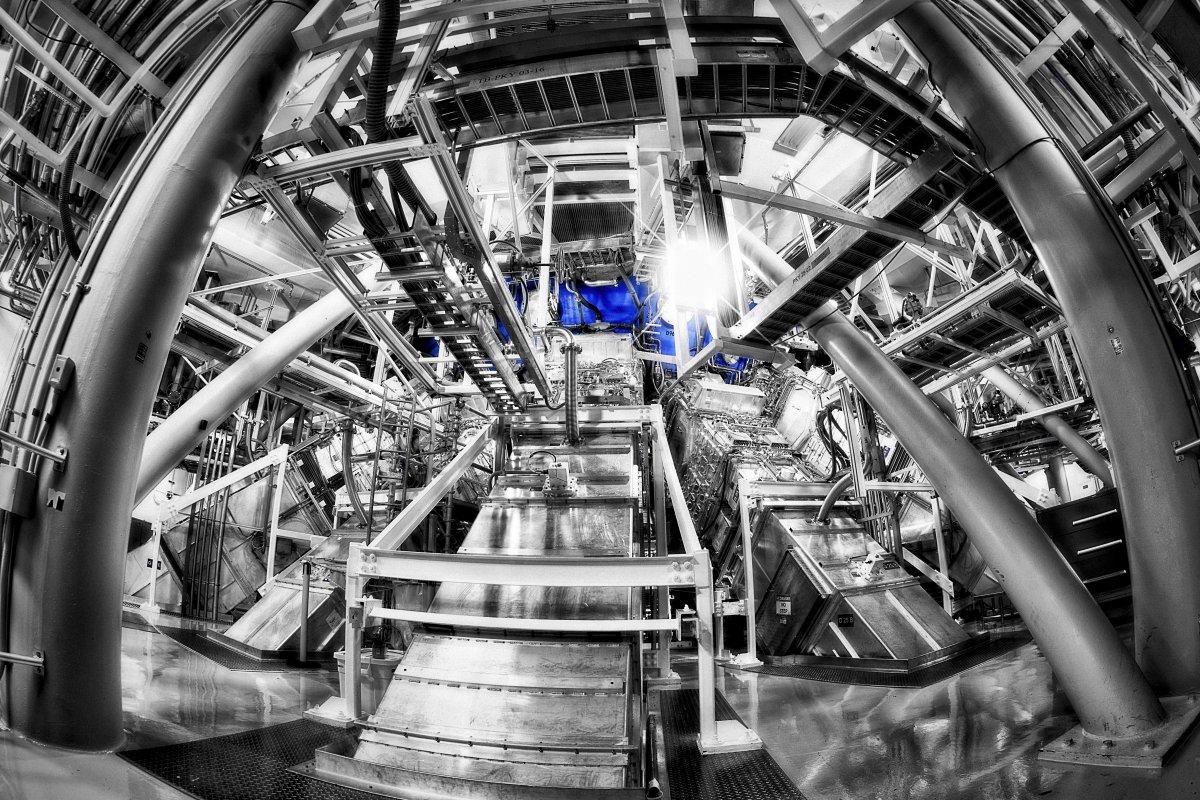An international panel of experts considers it conceivable to build an operational nuclear fusion power plant by 2045. With a well-funded research and development plan and international partnerships, it may be possible to have an inertial fusion demonstration facility operational by the year. The key technologies for such a fusion power plant could be developed within ten to twenty years. This emerges from a memorandum drawn up by six experts and one female expert on behalf of the Federal Ministry of Research.
Research Minister Bettina Stark-Watzinger commissioned the team with an expertise after, in December 2022, “the world‘s first proof of scientific feasibility in laser-driven inertial fusion” was provided, as she puts it. A team from Lawrence Livermore National Laboratory (LLNL) had managed to extract more energy from a laser fusion experiment than was previously put into it. Two representatives of the LLNL participated in the memorandum.
The experts concentrated on this approach to nuclear fusion research because it is the only one to date that has successfully ignited a plasma, according to the memorandum. Inertial fusion also offers other technological advantages “in an area of immense commercial potential.” Even if there are still a few scientific hurdles to be overcome, there is an “excellent opportunity” for German industry and society […]to advance the necessary high-tech developments for a clean, robust and sustainable energy supply”.
demands of the experts
Therefore, it is now time to expand research and development efforts to the concept, technology, construction and operation of a fusion power plant. So far, there have been very limited efforts towards inertial fusion, but that must now change. A business concept, supply chains and production engineering should also be developed, the memorandum says.
More specifically, that means building a science program to educate the next generation of scientists. An open research infrastructure must be created for science and industry, competent industry must participate in innovations and governments coordinate internationally in order to create synergies and avoid overlaps.
However, the team of experts writes that there are still a number of challenges that need to be addressed before commercial application can be implemented. This includes “understanding burning plasmas, developing laser sources and suitable targets, producing materials that can withstand fusion conditions, and solving complex technical problems”.
Deutsches Know-how
The experts emphasize know-how that is already available in Germany. In addition to laser technology, this also applies to the production of targets. Because of its “skills in the production of spherical capsules with foam lining, in metalworking and in the corresponding testing techniques, Germany has the opportunity to become a leader in the field of target development”.
In Germany there is also considerable experience with materials. These are important, because after the plasma has been ignited and its energy released, the materials for structure, function and shielding are the greatest challenges for a future fusion power plant.
The experts attest that Germany has fewer competencies when it comes to fusion plasmas. However, there is extensive expertise in the fields of artificial intelligence (AI) and high-performance computing (HPC) in Germany. These can be used to develop simulation codes that integrate different domains such as multi-physics, multi-fidelity, and multi-system models.
Too late for the energy transition
So far, little work has been done worldwide on a blanket – the inner wall of a plasma vessel that would be needed in a future fusion power plant. With its experience in the development of manufacturing and joining processes, Germany is a world leader and can secure its leading role by participating in this element, which is not yet very well developed.
Prof. Dr. Constantin Häfner from Fraunhofer ILT, Prof. Dr. Robert Stieglitz from the Karlsruhe Institute of Technology, Prof. Dr. Hartmut Zohm from the Max Planck Institute for Plasma Physics, Dr. Neil Alexander from the US company General Atomics, Prof. Dr. Riccardo Betti from the University of Rochester, Dr. Omar Hurricane and Dr. Tammy Ma of the National Ignition Facility at LLNL.
Your memorandum is an important contribution to more ambitions in nuclear fusion technology, said Stark-Watzinger. “We have to approach the topic without ideology and with an open mind to technology. We want to target research funding even more precisely so that a fusion power plant becomes a reality as quickly as possible.” In perspective, she would supplement the energy mix with a CO₂-neutral and reliable source, said the minister. The expert commission stressed in the memorandum that the technology could probably not contribute to the current energy transition.
(anw)
